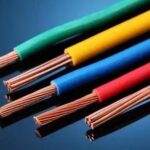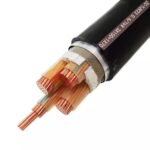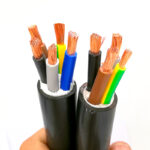Cable threading, tips you don’t know!
In the wiring of weak current projects, we usually bury the wire tube in the wall first. Such a hidden design will not affect the beautiful effect of decoration. However, after the AAAC Cables tube is buried, threading from the inside is a troublesome thing. Sometimes we can’t wear a wire after tossing for a … Read more



